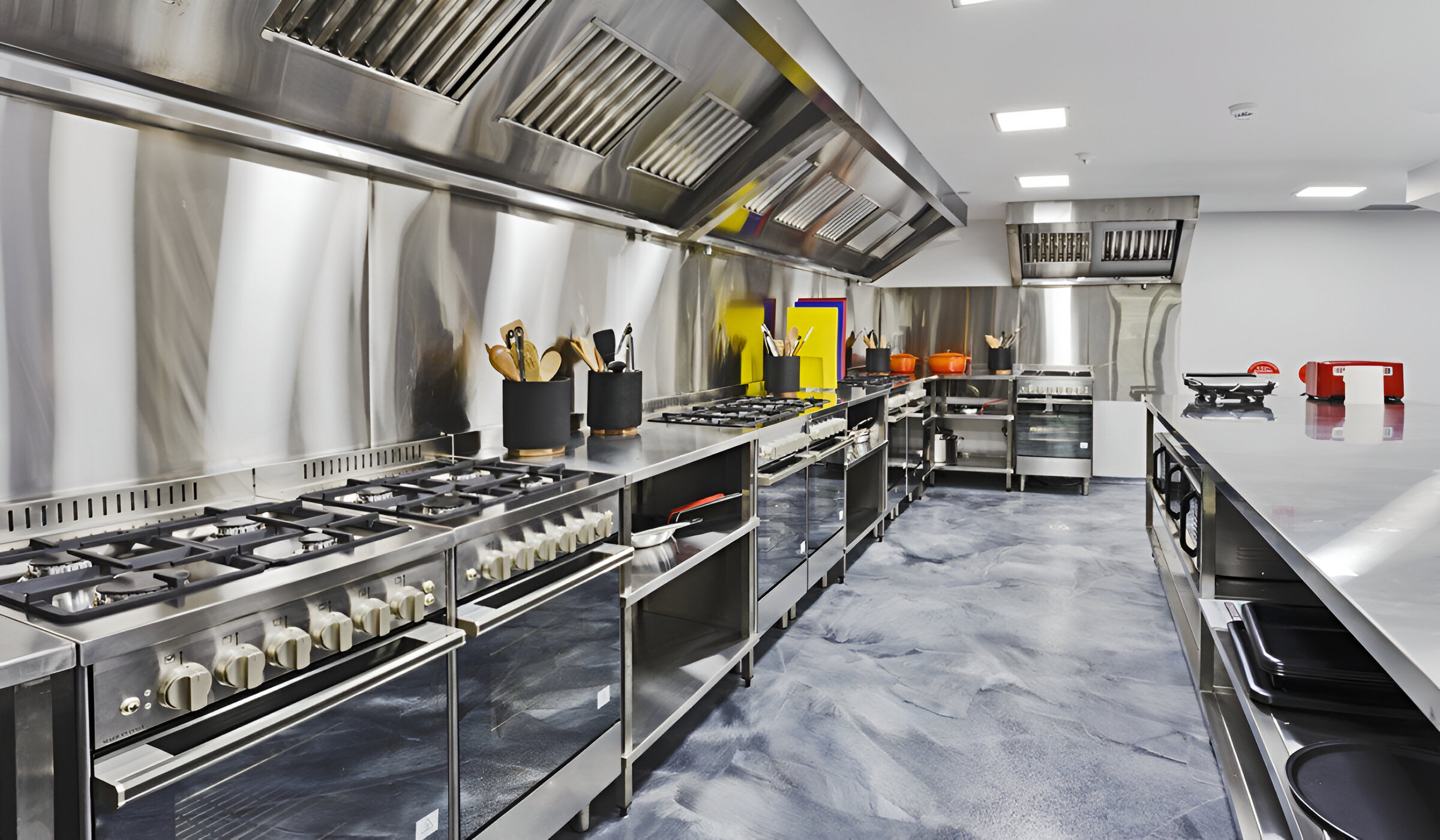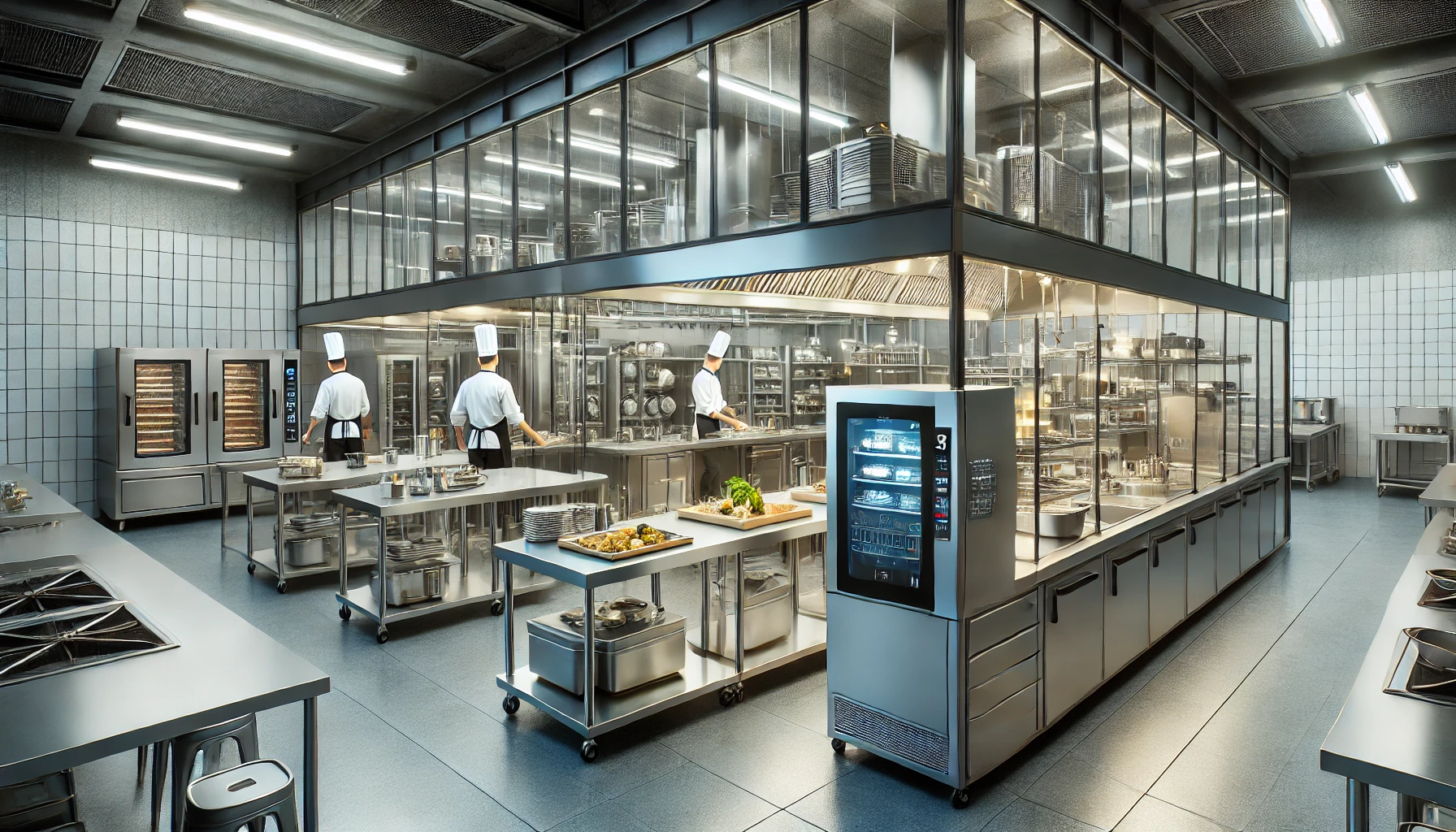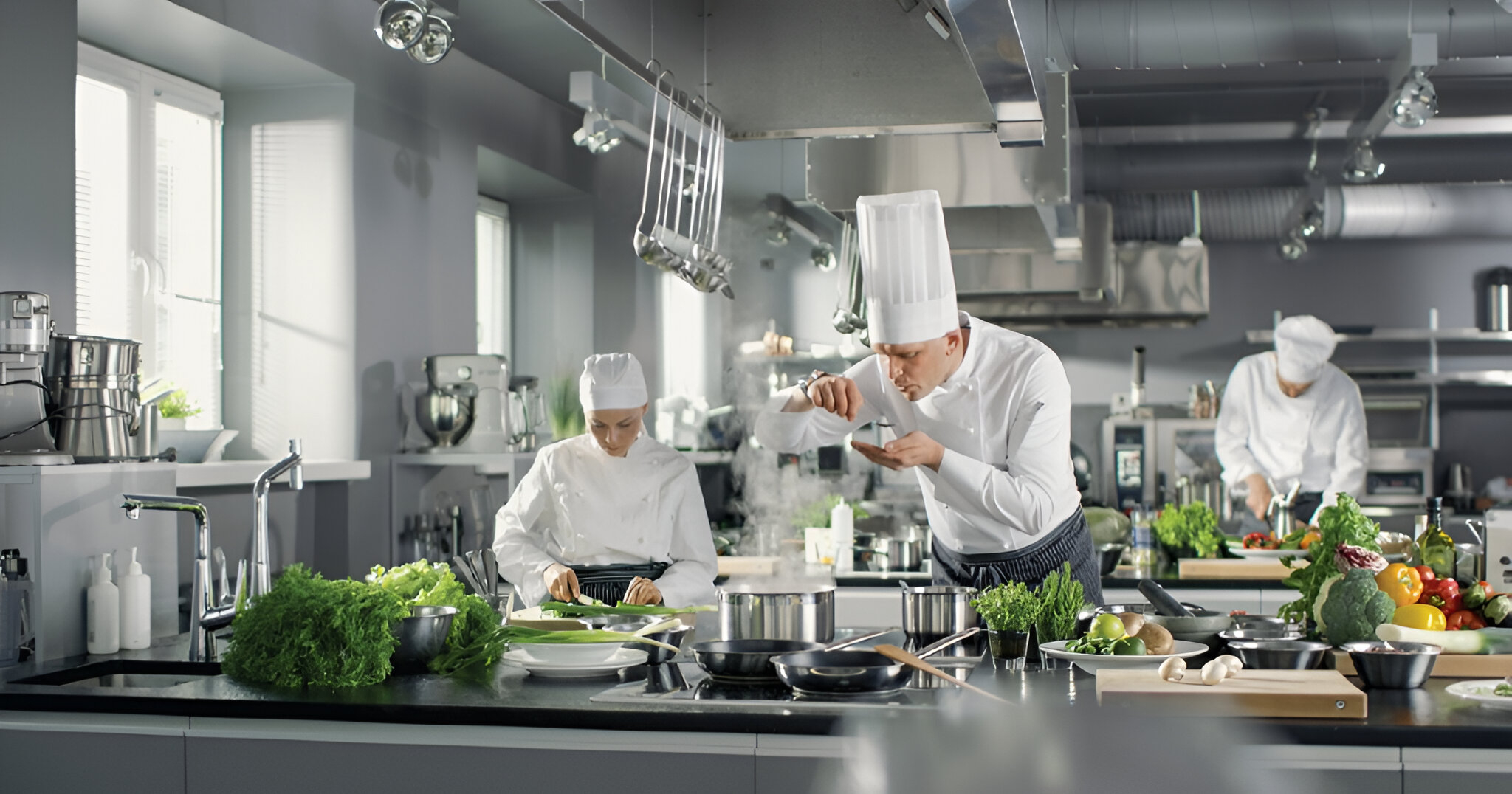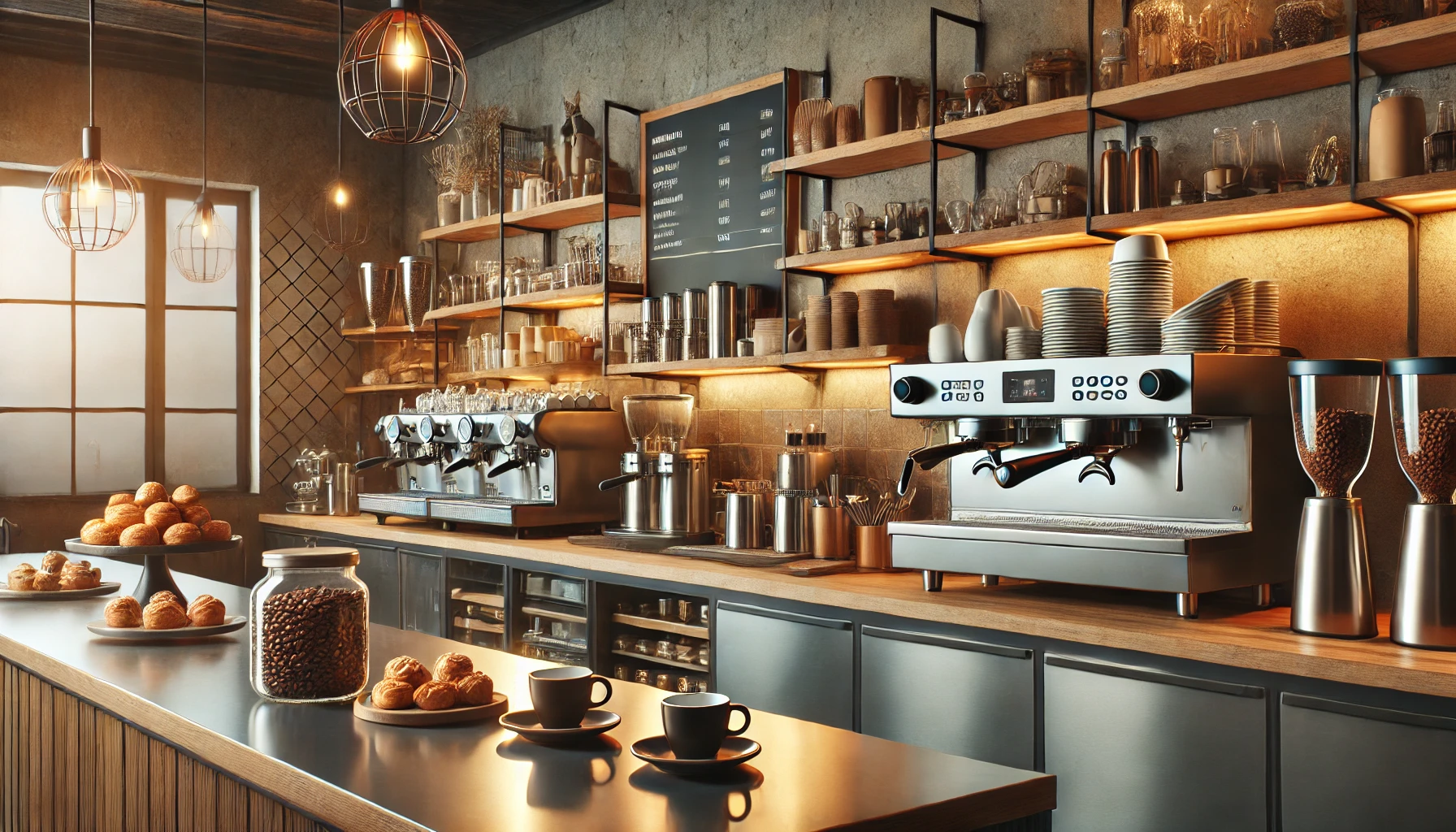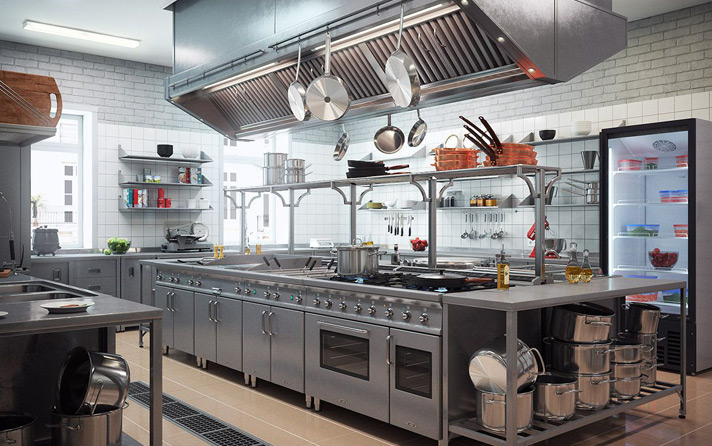
How you can save money by using cloud kitchen?
In today’s fast-paced world, the culinary industry is experiencing a significant shift with the rise of cloud kitchens. Also known as ghost kitchens, these delivery-only establishments are revolutionizing the way food businesses operate. If you’re an entrepreneur or a restaurateur looking to save money while maximizing profits, here’s how a cloud kitchen can be a game-changer for you.
1. Lower Overhead Costs
One of the most significant advantages of operating a cloud kitchen is the substantial reduction in overhead costs. Traditional restaurants require a prime location, which often comes with a hefty rent. In contrast, a cloud kitchen can be set up in less expensive areas since there’s no need for a dine-in space. This means you can allocate your resources more efficiently, investing in quality ingredients and efficient delivery systems instead of paying high rent.
2. Reduced Staffing Expenses
Running a traditional restaurant requires a large team, including waitstaff, hosts, and cleaning crews. With a cloud kitchen, you can operate with a leaner staff. Since there’s no dine-in service, you only need chefs, kitchen assistants, and a minimal number of administrative staff. This reduction in payroll expenses can lead to significant savings.
3. Flexible Operations and Lower Utility Bills
Cloud kitchens are typically more flexible than traditional restaurants. They can operate 24/7, allowing you to optimize your production schedule and meet demand during peak hours. Additionally, without a dining area to maintain, you save on utility bills such as electricity, water, and heating/cooling costs. These savings can add up quickly, further reducing your overall operating expenses.
4. Shared Kitchen Spaces
Many cloud kitchens operate in shared spaces where multiple food businesses share the same kitchen infrastructure. This setup allows you to split the costs of expensive kitchen equipment and maintenance. Shared kitchens also offer the benefit of scalability; as your business grows, you can easily expand your operations without the need for significant capital investment.
5. Reduced Marketing Costs
With the rise of food delivery apps and online platforms, cloud kitchens can leverage these services for marketing and customer acquisition. These platforms often have built-in marketing tools that can help you reach a broader audience without the need for expensive advertising campaigns. Additionally, customer reviews and ratings on these platforms can serve as organic marketing, helping you build a loyal customer base without additional costs.
6. Data-Driven Decisions
Operating in a digital space allows cloud kitchens to harness the power of data analytics. You can track customer preferences, peak ordering times, and popular menu items. This data-driven approach enables you to make informed decisions about menu changes, pricing strategies, and marketing efforts, ensuring that every dollar spent is used effectively.
7. Lower Inventory Costs
Without the unpredictability of walk-in traffic, cloud kitchens can better manage their inventory. You can forecast demand more accurately and reduce food waste, leading to lower inventory costs. By streamlining your supply chain and optimizing your stock levels, you can ensure that your ingredients are always fresh and costs are kept in check.
Conclusion
The cloud kitchen model offers numerous financial advantages for food entrepreneurs and restaurateurs. By lowering overhead costs, reducing staffing expenses, and utilizing shared kitchen spaces, you can significantly cut down on your operational expenses. Additionally, leveraging technology for marketing and data analysis can further enhance your profitability. Embracing the cloud kitchen model is not just a cost-saving measure; it’s a strategic move towards a more efficient and profitable business.
Also Read:- The Advantages of commencing a Cloud Kitchen Business
For interesting kitchens Posts, follow us on Instagram.
